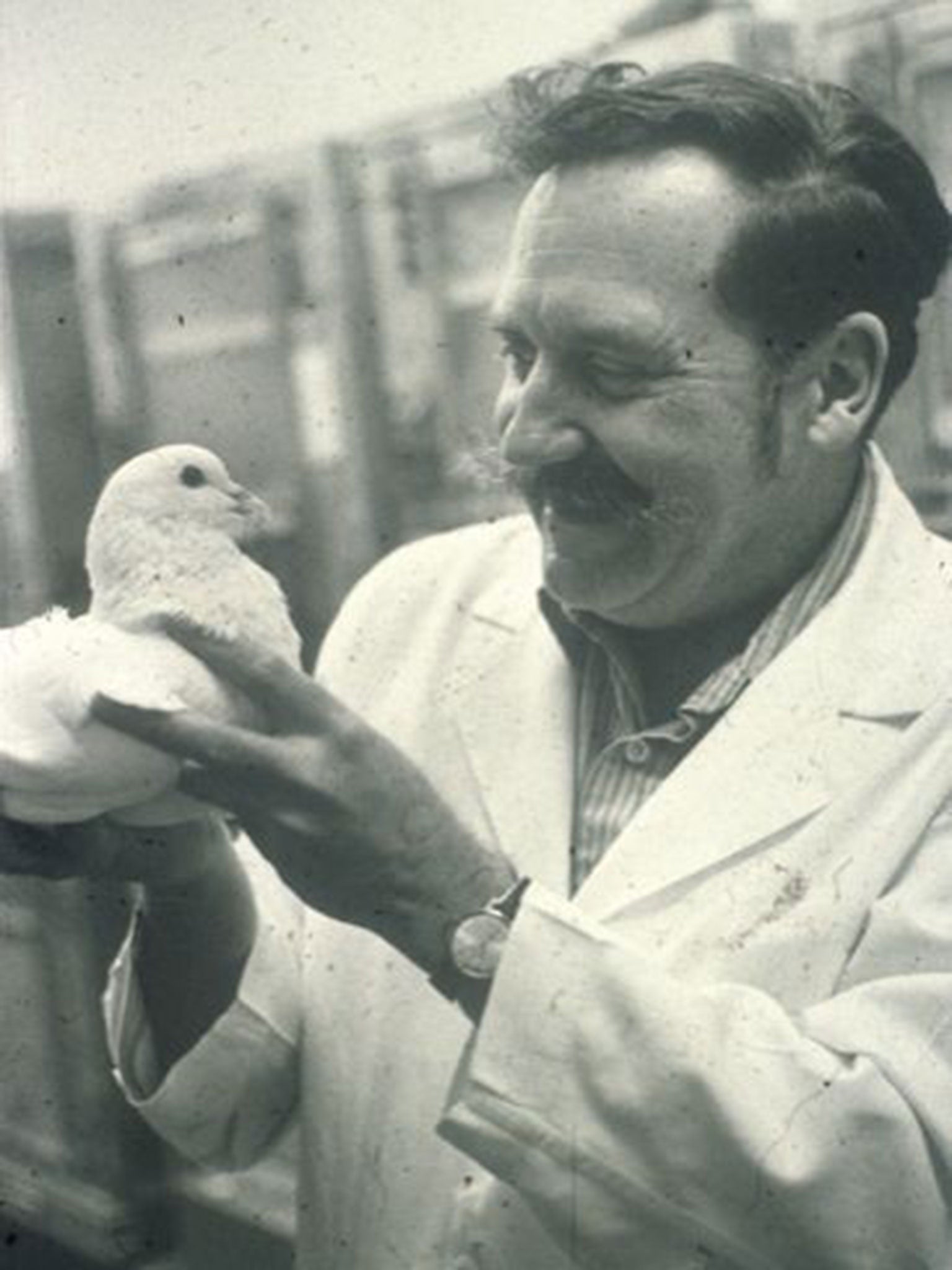Professor Ray Owen: Scientist whose pioneering work on immunological tolerance paved the way for human organ transplants
Though he received many honours, the Nobel Prize eluded him, to the chagrin of his many admirers

Ray Owen will be chiefly remembered as the grandfather of the phenomenon of “immunological tolerance”, and his ground-breaking contribution as long ago as 1945 will remain a cornerstone not only of transplantation immunology but of immunology in general.
He was born on a dairy farm in Genesee, Wisconsin, where, after school, he helped with the milking of the cows. His early career was intimately linked with Wisconsin, for he obtained a BSc in genetics at Carroll College and went on to a PhD Malcolm Irwin’s department of immunogenetics at Wisconsin University.
There he was introduced to the study of genetic markers, principally in farm animals, and together with Clyde Stormont he embarked on a study of the inheritance of red blood cell antigens in cattle. This led to his astonishing and groundbreaking discovery that fraternal twin calves almost invariably possess red blood cells with two quite different phenotypes – their own and those of their twin partner.
Owen published his findings in 1945 in a short article in the journal Science, in which he pointed out that several decades previously FR Lillie had shown that cattle twins normally develop an anastomosis of their fetal circulations, thus facilitating the free circulation of blood from one to the other. To explain his remarkable findings Owen postulated that the foreign red cell precursors had established themselves in their foreign hosts and, far from being rejected, continued to produce red blood cells in adult life. Owen wrote: “Several interesting problems in the fields of genetics, immunology and development are suggested by these observations,” not least among them the possible identification of the sterile female “freemartin” when twinned with a male.
Owen’s paper was ignored until FM Burnet and F Fenner published their monograph The Production of Antibodies four years later. As part of a wide-ranging theory of antibody production they highlighted Owen’s findings and put forward their notion of “self-markers”, postulating that the presence of foreign cells in foetal life would prevent the formation of antibodies later on.
In extending their speculations to the non-fatal infection of embryos with pathogenic micro-organisms they postulated that “tolerance to the foreign micro-organisms” could come about. Thus Owen’s experimental observations and Burnet and Fenner’s speculations marked the beginning of the tolerance story, which continues to the present day in the numerous attempts to induce tolerance in transplant recipients.
It was through Burnet and Fenner’s monograph that PB Medawar and his colleagues became aware of Owen’s findings, which helped them to explain their quite independent and apparently paradoxical finding that cattle dizygotic twins almost invariably accepted each other’s skin grafts after birth. They went on to explore the phenomenon of “acquired immunological tolerance” in experimental animals, principally in mice and chickens, which established tolerance as a universal phenomenon enabling foreign tissues such as skin grafts to be permanently accepted in adult life. The hunt for the “holy grail” – the development of procedures that could be applied to organ transplant recipients – was now on.
It was at Wisconsin University that Owen met his lifelong partner, June Weissenberg, and they moved to Pasadena in 1946, where Owen became Professor of Biology at the California Institute of Technology. He progressed rapidly from postdoctoral Fellow to Professor of Biology and chairman of the Division of Biology. He made his mark at Caltech, not only as an experimental scientist but also as Dean of Students and Vice-President of Student Affairs, offices that were time-consuming but that he greatly cherished.
Although he published numerous papers in genetics and immunology, his subsequent greatest contribution was, arguably, the mentoring of numerous PhD students, who almost without exception became distinguished immunologists. Indeed, he counted among his greatest satisfaction his interactions with his students. He continues to be admired and adored by his former students.
Among his many honours were the Gregor Mendel Medal, the Thomas Hunt Morgan Medal of the Genetics Society of America and the Peter Medawar Medal and Prize of The Transplantation Society, as well as several honorary doctorates. Alas, the Nobel Prize in Physiology and Medicine, given to Medawar and Burnet in 1960, eluded him, much to the disappointment of his many admirers, who included the Medawar team. Owen was philosophical about that, and he and Medawar subsequently exchanged mutually admiring letters in which Medawar expressed his disappointment at Owen’s omission.
Ray Owen was a genial, modest, approachable, knowledgable and selfless man, and Caltech, where he spent most of his academic life and where he was one of the jewels in their crown, has cause to be grateful to a man who worked tirelessly and to great effect for the College in his many capacities. His wife June died last year, and he is survived by his son David, his other son, Griffin Hugh, having died at a young age in a motoring accident.
Raymond Owen, transplant immunologist: born 30 October 1915; married June Weissenberg (died 2013; one son, and one son deceased); died 21 September 2014.
Join our commenting forum
Join thought-provoking conversations, follow other Independent readers and see their replies
Comments